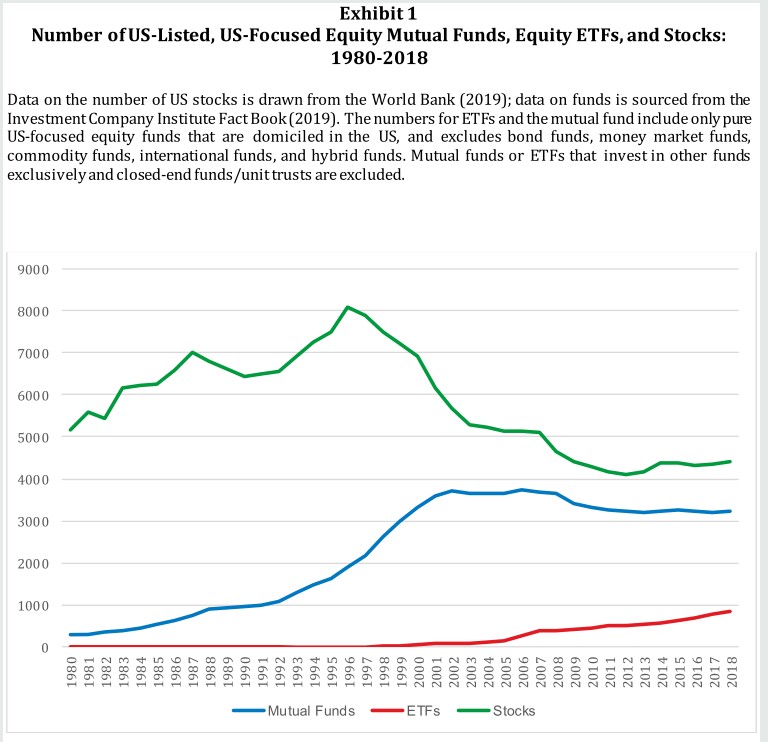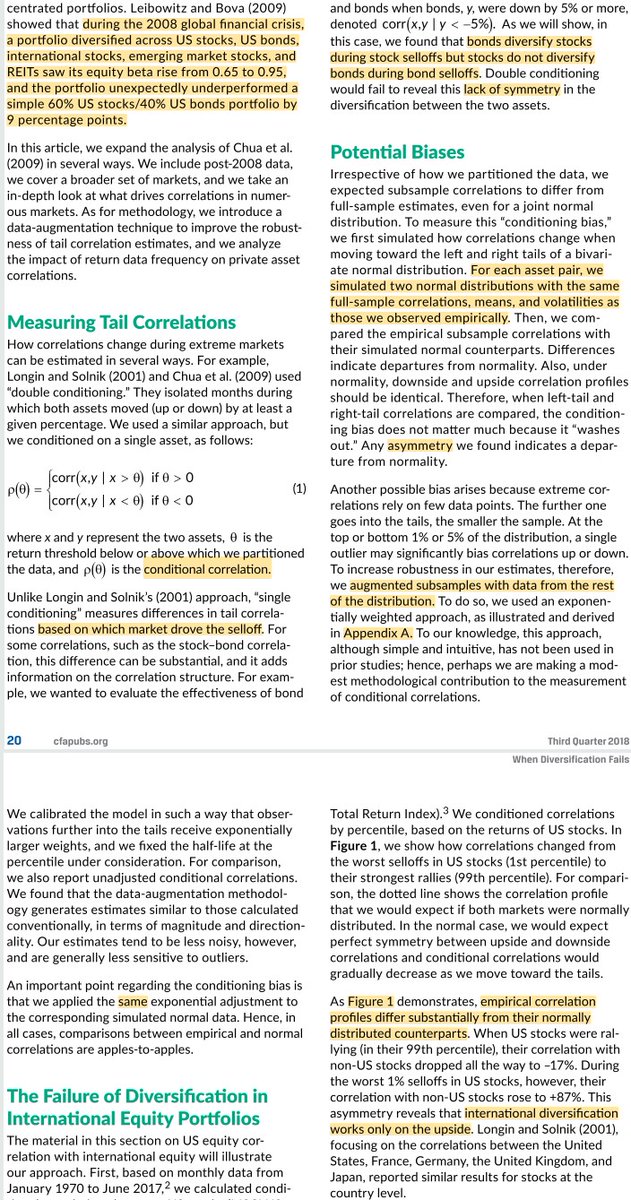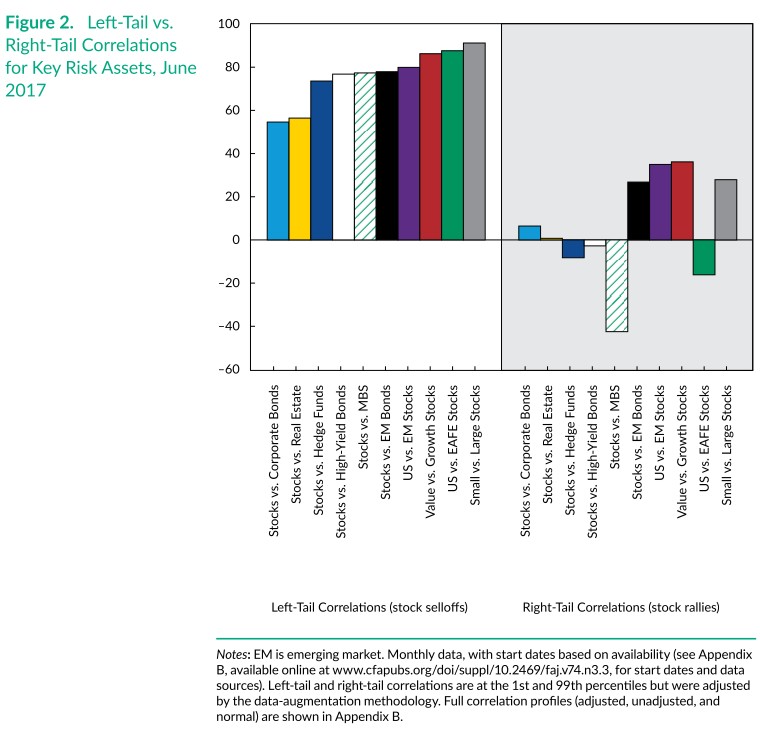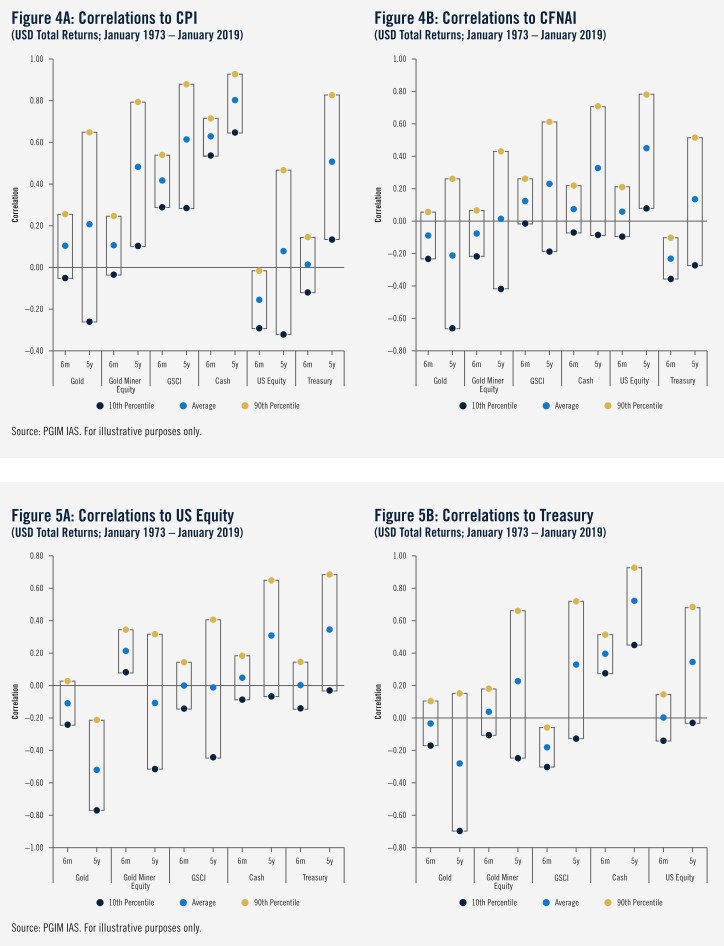
1/ To the extent that findings can be falsified but not verified, there is no scientific consensus around specific models and findings. (This is what you find when you dig into the journals: scientists deeply disagree about what is presented as 'science' by the media.)
2/ There can be consensus around what *doesn't* work: what has failed to replicate over and over again.
Our default stance (null) should be no correlation and no causality. The replication crisis may result from a tendency to believe too quickly.
Our default stance (null) should be no correlation and no causality. The replication crisis may result from a tendency to believe too quickly.
https://twitter.com/ReformedTrader/status/1336398442403307521
3/ There are also philosophical problems with the idea of falsification itself. What does it take to falsify a claim? If the slightest inconsistency is enough, then all theories are false.
How we weight and evaluate evidence is assumption-dependent.
How we weight and evaluate evidence is assumption-dependent.
https://twitter.com/ReformedTrader/status/1335627040653934592
4/ Take CAPM, which index funds are based on and which most financial advisors use in its original form. In the media's eyes, this is "science."
If there's a consensus about anything in actual finance literature, it's that this theory is problematic:
If there's a consensus about anything in actual finance literature, it's that this theory is problematic:
https://twitter.com/ReformedTrader/status/1209140444984045568
5/ It's no secret that media claims are vague, unreliable, and rarely examined by critics. But good reporting is complex, nuanced, and doesn't sell well.
Media "bad call" anecdotes
Superforecasting: Art and Science of Prediction
Media "bad call" anecdotes
https://twitter.com/ReformedTrader/status/1316380442765914115
Superforecasting: Art and Science of Prediction
https://twitter.com/ReformedTrader/status/1326234446668812288
6/ Figuring out what 'science' says is complex, takes a lot of work, and results in a litany of partially inconsistent papers that each weights the same evidence differently.
That should make us cautious about using 'science' for policy interventions:
That should make us cautious about using 'science' for policy interventions:
https://twitter.com/ReformedTrader/status/1200970345928261633
7/ Textbooks give us a picture of "progress toward the truth," leading up to science's current point today.
The literature suggests that this is not the case. Science is in a state of constant flux, with mutually inconsistent theories vying for status.
The literature suggests that this is not the case. Science is in a state of constant flux, with mutually inconsistent theories vying for status.
https://twitter.com/ReformedTrader/status/1335619819262017538
8/ We are the most critical about our own field. New paper comes out? Doesn't exclude microcaps, zero transaction costs, metrics were cherry-picked... just like most other studies.
Similar problems exist in other fields; we're just not as aware of them.
Similar problems exist in other fields; we're just not as aware of them.
https://twitter.com/ReformedTrader/status/1336714179378483200
• • •
Missing some Tweet in this thread? You can try to
force a refresh





























